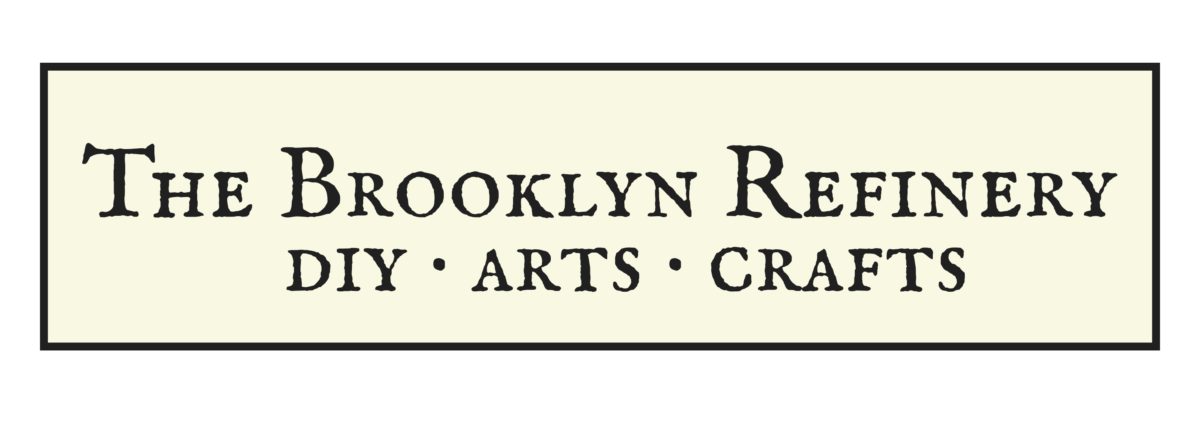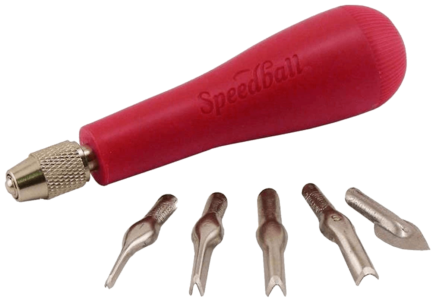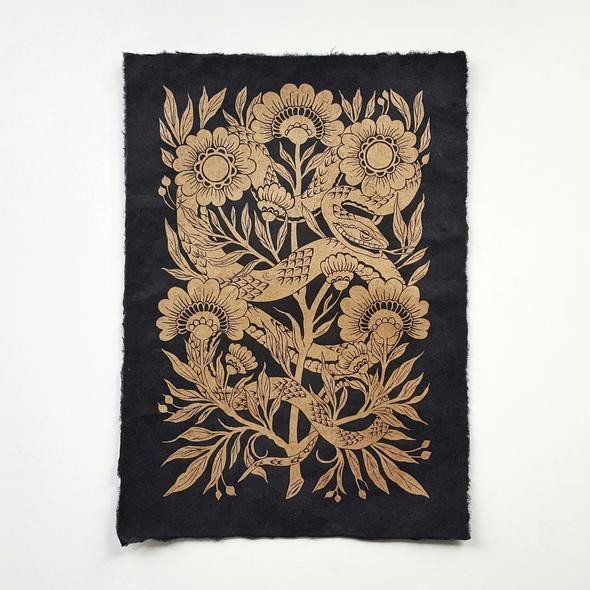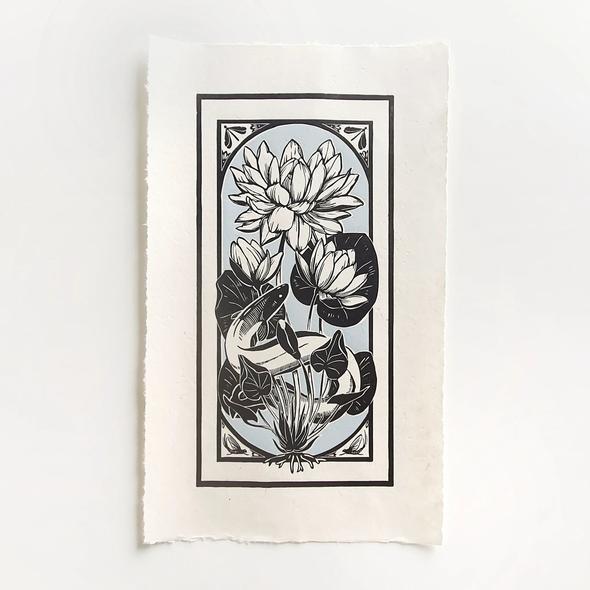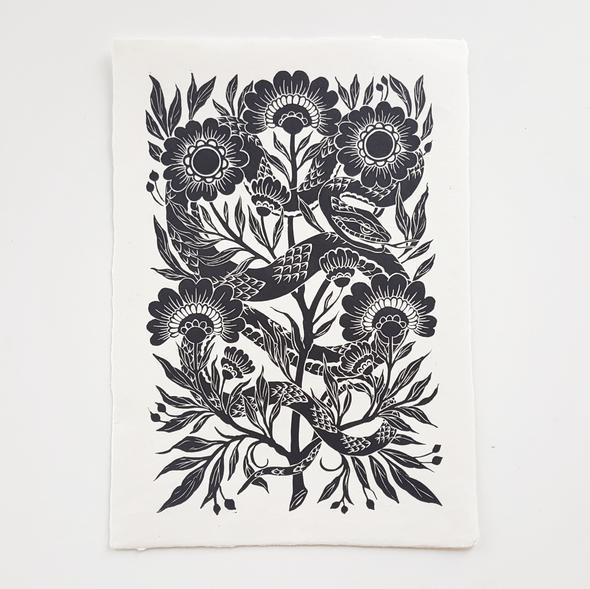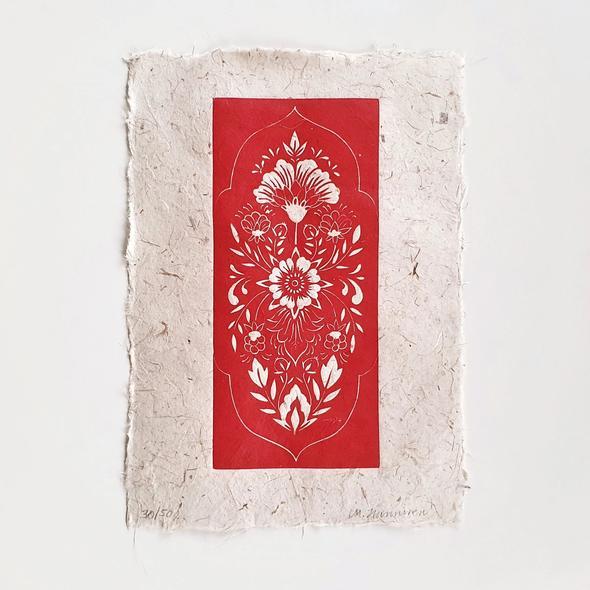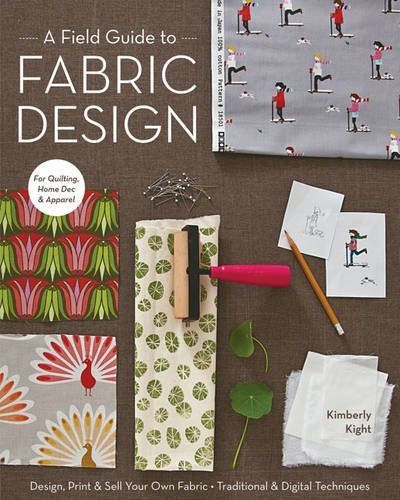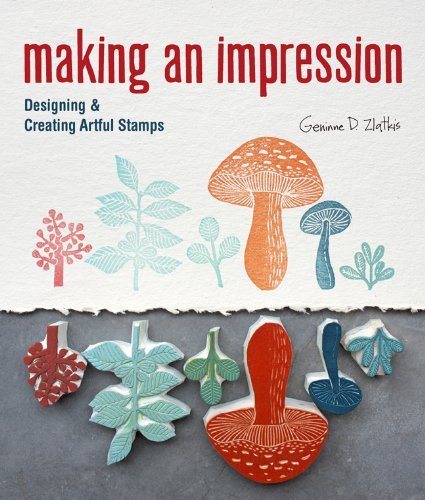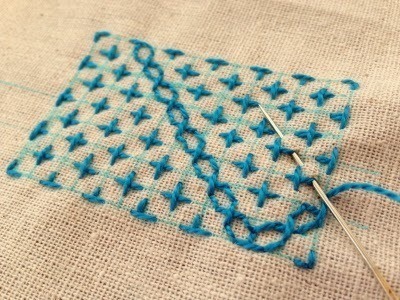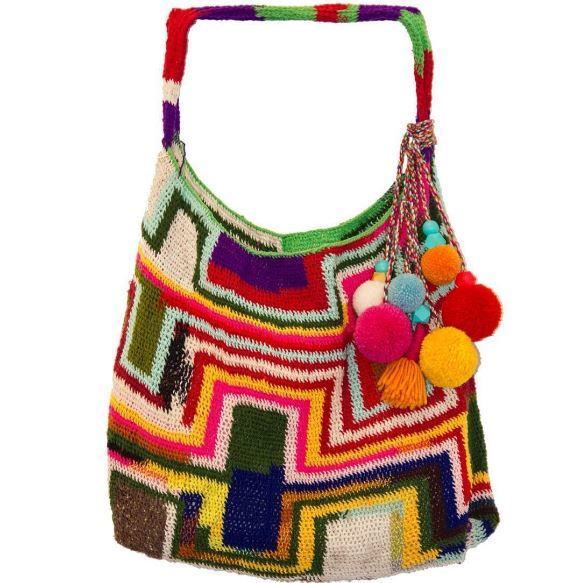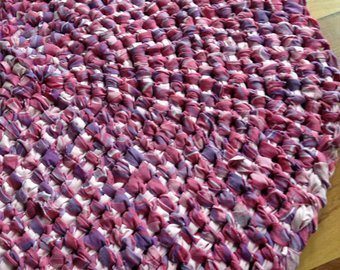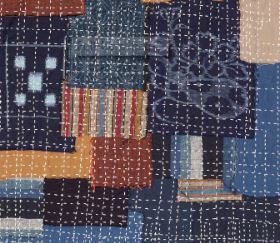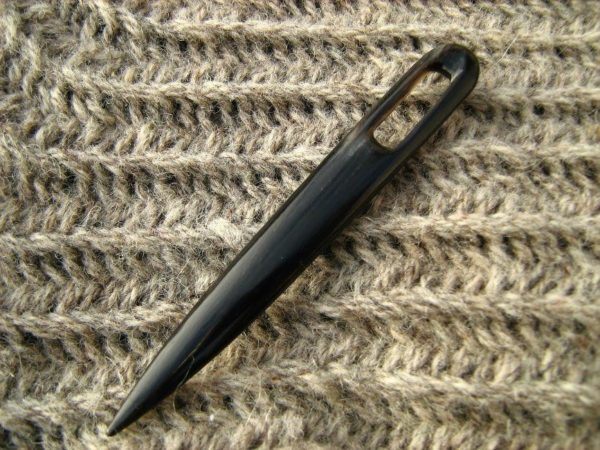Linocut Printing by Maarit Hanninen
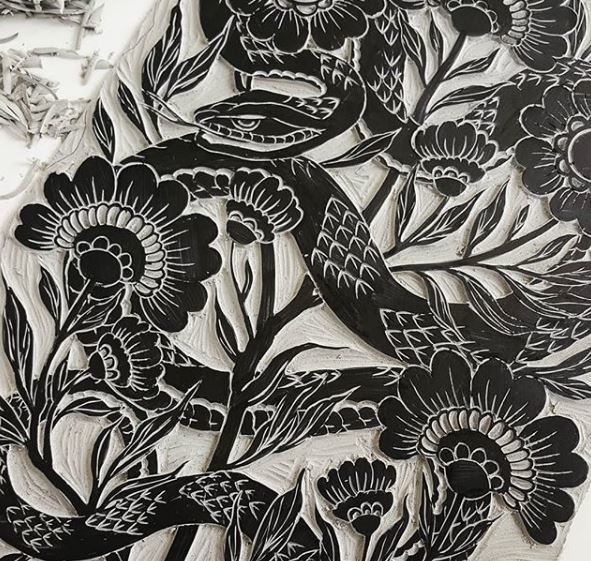
Photo: Flower linocut by Maarit Hanninen via Instagram
Maarit Hanninen is an artist and printmaker based in Amsterdam.
Her lino prints are based on dense, fine line drawings, which have to be converted from paper sketch to the surface of the linoleum, and then carved out of the linoleum to create the positive and negative areas of the image.
“Although I have always had a soft spot for crafting, it wasn't until my mid-twenties, that I started pursuing visual arts. At first this meant just doodling with a pencil, but in 2012 I participated in a one-year course at Liminka School of Art (Finland), studying painting, sculpting, and print making. For the rest I am self-taught, and I am currently working as a full-time independent artist.
My lino prints are often influenced by Art Nouveau, traditional tattoo style, myths and folk art, among others. The designs are characterized by delicate details, black and white contrasts, themes of nature, feminine beauty, and LOTS of flowers!" Maarit Hanninen
Maarit has created several videos which show her step-by-step processes for lino cutting and printing.
Her videos, below, show the care it takes to transform a drawing into a fine art printed image. She transfers an image onto a soft, pliable material with sharp tools that can create a variety of cuts – from small, precise incisions to broad scoops.
MAARIT'S PROCESS
Sometimes Maarit’s process involves adding pencil lead to the back of a drawing and then using that lead to transfer the image by tracing all the lines.
Alternatively, you could place a piece of carbon paper between the drawing and the linoleum, tape down the drawing, and trace all the lines. Any lines that need to be better defined can then be touched up directly on the linoleum with a pencil or marker.
Maarit takes a step back part way through her carving, and uses a magic marker to draw out where the solid, intact areas remain. That way, she can see large areas that can be removed quickly with wider blades.
Next, she prepares the rag paper, and evenly rolls out some ink. She does a test run on a regular piece of paper, and eye-balls the print to see where she needs to do more carving, to add more definition through white space.
Supplies and books are available through our links below.
Another technique uses a printed image and wood glue, shown by Maarit in her video 'Inkjet Image Transfer':
Maarit also shows us how to create a multi-colored image, in the video below. She carefully marks up the areas to be carved away, and sets up a jig which assures that the colors will be printed in the proper areas when the paper is laid down more than once. Here, she uses a round hand tool, or baren, to transfer the ink to the paper.
A couple of things to remember: the image as it appears while you’re carving will be flipped in the final printed piece; and, always protect your hands and fingers by carving away from you. Don't risk cutting your fingers - these linoleum cutter blades are sharp!
TURN YOUR DESIGNS INTO MULTIPLES
Linoleum prints are a wonderful way to make hand crafted multiples of an image. You'll be able to strike prints from your lino block for a long time, especially if you take good care of it. You can create art prints, stationery, posters, invitations, announcements, and more. You can also print an image multiple times on paper (to make repeating patterned wallpaper, for example), or onto fabric (using fabric paint) to be used to make clothes, textile art, home decor items, or quilts. Or, transfer the image directly onto an item, such as a t-shirt.
TAKING CARE OF YOUR LINOLEUM BLOCK
Your linoleum block can have a long lifespan and be used to create hundreds of prints before showing signs of wear. Your carved image will eventually wear down a bit - from being pressed, from abrasion from the papers printed on, from the humidity of the room where it's stored, and from solvent used to clean off ink. The key to keeping your carved image intact for a long time is to make sure you gently clean it properly after each use.
Properly cleaning your block involves removing the excess ink with a cloth lightly dampened with solvent, allowing the block to air dry, and then storing it flat - away from direct sunlight. You'll want to store it away from areas where there are extreme swings in humidity and temperature. You can further protect your block by wrapping it in kraft paper.
If you're inspired to make a linoleum print or want to explore other forms of relief printing, you might want to add one of the books below to your crafting library, and build up your studio with printmaking supplies.
A great way to dive in to printmaking is with a kit. If you need extra materials, you can view a wide range of lino blocks, inks, and tools here. Or click on any of the items below. (Please note: As an Amazon Associate I earn from qualifying purchases - at no extra cost to you.)
You might also like our posts Modern Woodblock Printing, How to Make a Linoleum Block Print, and American Craftspeople.
LINO CUT SUPPLIES AND PRINT DESIGN BOOKS
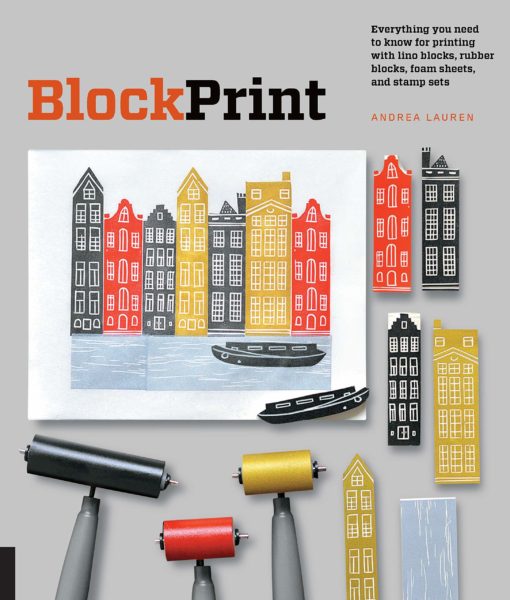
Block Print: Everything You Need to Know for Printing with Lino Blocks, Rubber Blocks, Foam Sheets, and Stamp Sets by Andrea Lauren
Artist and Designer Andrea Lauren shows you simple techniques for creating your own printing blocks out of art-foam. With no cutting and chiseling, these art-foam blocks can be made into shapes and patterns using only scissors and a pencil. Use these printing blocks, or purchased stamps, to create repeat patterns or bundled groupings to get that classic block print look for wallpaper, book illustrations, framing prints, greeting cards, gift wrap, fabric prints, and more.
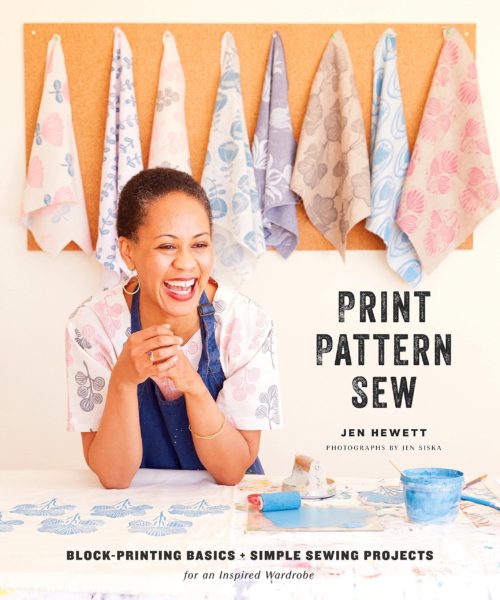
Print, Pattern, Sew: Block-Printing Basics + Simple Sewing Projects for an Inspired Wardrobe by Jen Hewett
Printmaker and textile designer Jen Hewett presents her distinctive process for block-printing yards of fabric with garment sewing in mind. Explore the process of designing and printing fabric through step-by-step instructions on carving blocks and printing repeating patterns. Hewett makes creating custom, hand-printed fabric approachable and doable.
A Field Guide to Fabric Design: Design, Print & Sell Your Own Fabric; Traditional & Digital Techniques; For Quilting, Home Dec & Apparel by Kim Kight
Textile aficionado Kim Kight covers the design and color basics involved with creating repeating patterns - with step-by-step tutorials for both working by hand and on the computer. The book guides you through transferring designs on fabric - whether it's block printing, screen printing, digital printing, or licensing to a fabric company - and how to determine the best method for you.
Making an Impression: Designing & Creating Artful Stamps by Geninne Zlatkis
Popular illustrator and stamper Geninne Zlatkis has a passion for nature and color that distinguishes her work. These 20 beautiful projects--including cards, an embellished journal and tote, and decorative wall pieces--provide the keys to Geninne's creative process and image-making process. In addition to technique-specific primers with step-by-step photos of the essentials, this book includes 50 motifs showcasing Geninne's signature designs that crafters can copy and use for image transfers, stamp designs, and collages.
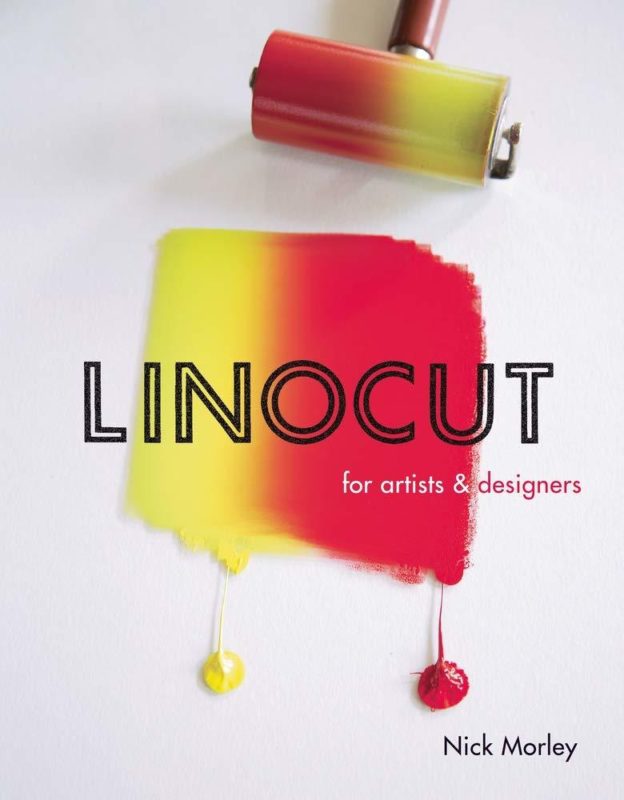
Linocut for Artists & Designers by Nick Marley
Linocut is used to stunning effect by artists, illustrators, and designers because of its strong graphic qualities, accessibility, and versatility. Whether you are printing by hand on your kitchen table or on a press in a print studio, this book gets you started and goes on to explore the myriad creative applications of linocut. Nick Morley shares his experience and specialist knowledge to make this practical guide an essential companion for everyone interested in this addictive and absorbing medium.
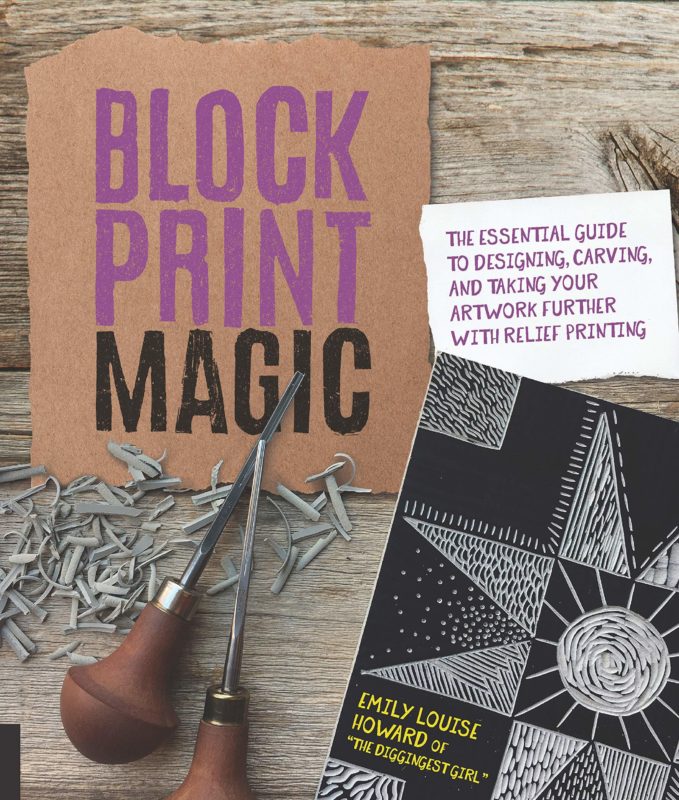
Block Print Magic: The Essential Guide to Designing, Carving, and Taking Your Artwork Further with Relief Printing by Emily Louise Howard
The easy-to-follow illustrated instructions in this book take you through every step of the linoleum block printing process - choosing and caring for tools, setting up a studio, designing essentials, and carving techniques and printing techniques. The techniques covered include multi-block printing, reduction cuts, puzzle blocks, and rainbow-roll printing, as well as advanced carving techniques for creating textures, crosshatching, and three-dimensional shading.
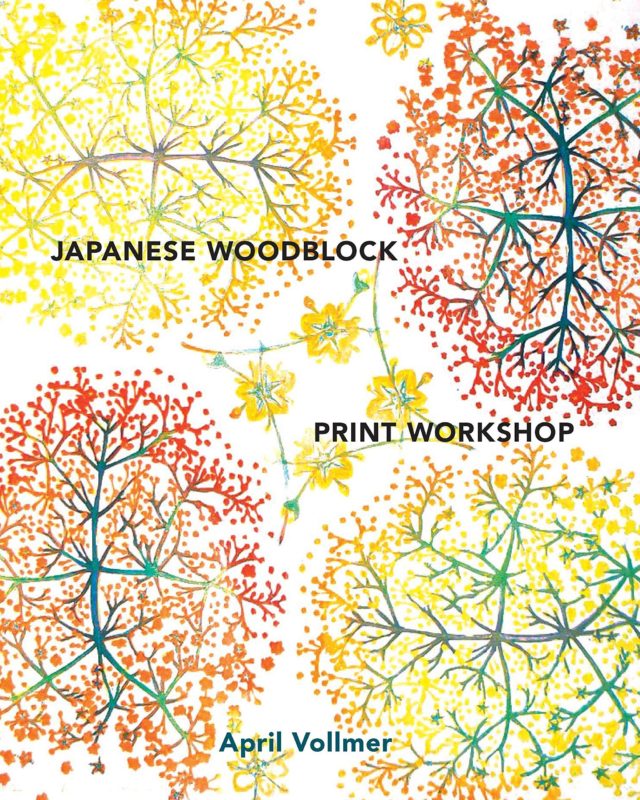
Japanese Woodblock Print Workshop by April Vollmer
An increasingly popular yet age-old art form, Japanese woodblock printing (mokuhanga) is embraced for its non-toxic character, use of handmade materials, and easy integration with other printmaking techniques. In this comprehensive guide, artist and printmaker April Vollmer—one of the best known mokuhanga practitioners and instructors in the West—combines her deep knowledge of this historic printmaking practice with expert step-by-step instruction, guidance on materials and studio practices, and a diverse collection of prints by leading contemporary artists.
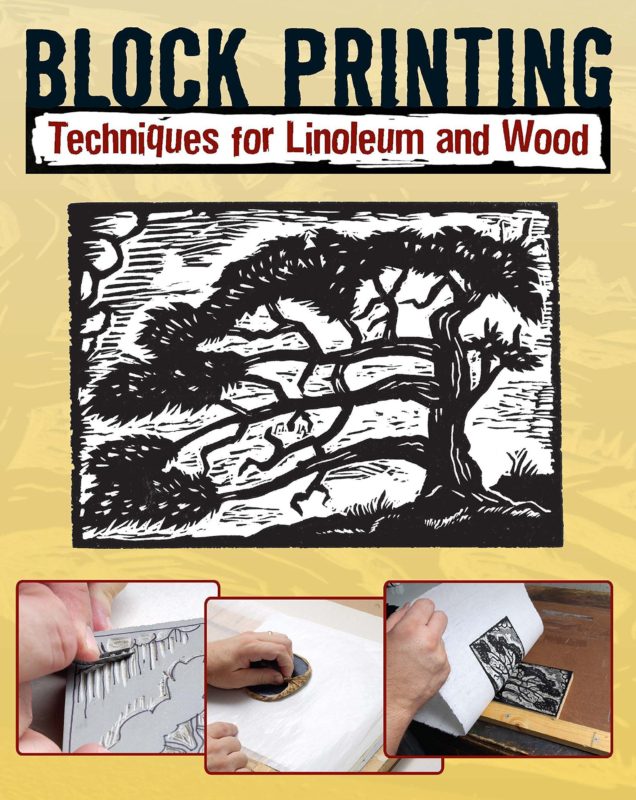
Block Printing: Techniques for Linoleum and Wood by Sandy Allison
This book includes detailed, illustrated instructions for block printing: selecting tools, paper, and ink; carving both linoleum and wood; and printing by hand in one color or more to achieve professional results.
The techniques covered in this book can be used for art prints, posters, signs, invitations, greeting cards, gift wrap, and fabric - with a gallery of finished products for reference. Also included are tips for
registering paper, making editions, tearing down paper, and properly cleaning up.
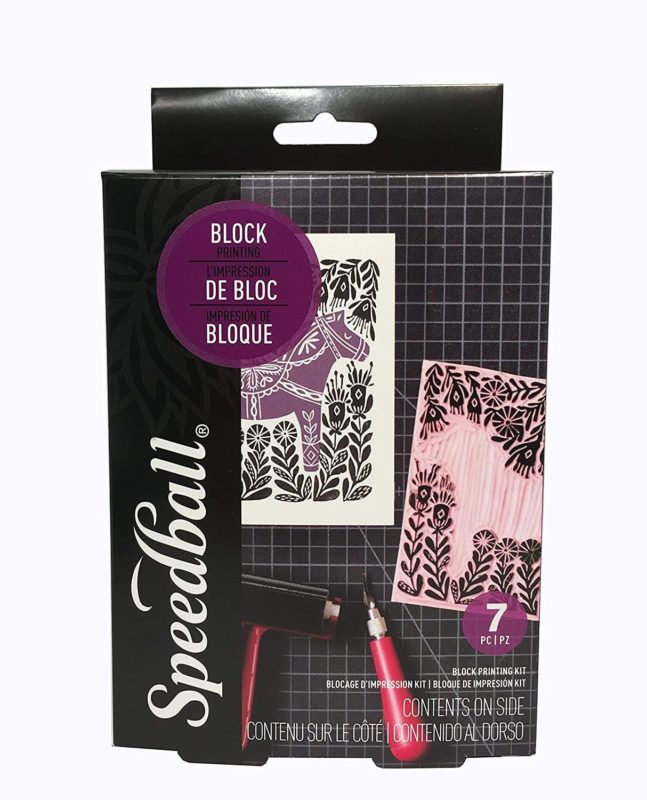
Speedball Super Value Block Printing Starter Kit
This Kit is perfect for the beginner printmaker and students. Each kit includes: 1.25oz (37ml) Black Water-Soluble Block Printing Ink, #49 Soft Rubber Pop-In Brayer, Lino Handle, #1, #2, and #5 Lino Cutters and 4 x 6 inch Speedy-Carve block.

Speedball Block Printing Baren
This Baren is a great tool for hand printing and proofing block prints. It measures 4 inches in diameter and is made of heavy-duty plastic that is padded with foam and polyethylene. Using a printmaking baren is much more efficient than using your hands. It evenly distributes pressure, creating a better ink image.
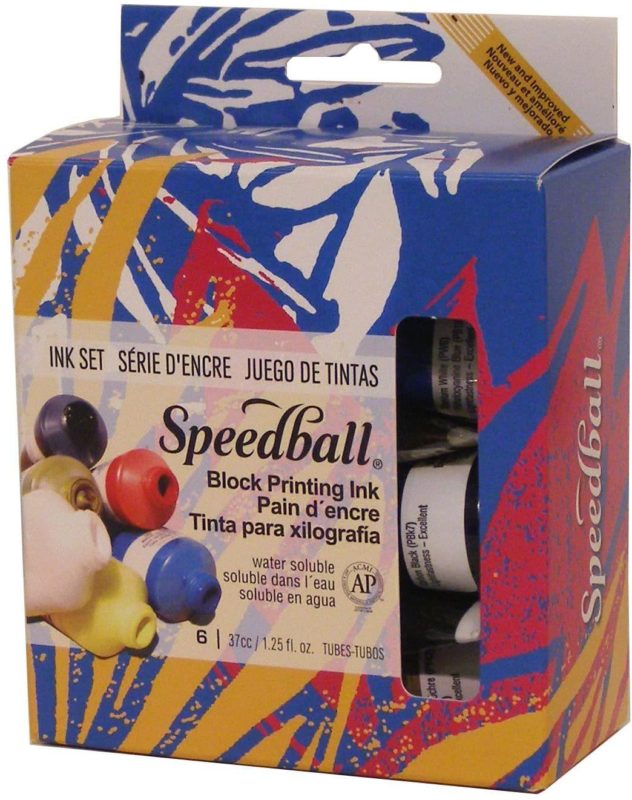
Speedball Water-Soluble Block Printing Ink Starter Set
These printmaking inks are ground and milled to the perfect consistency which create bold prints that dry to a rich, satiny finish. Included in this set are 1.25 fluid ounce tubes of red, blue, yellow, black, white and gold ink. This ink is ideal for block and relief printing. Use it on linoleum, wood, Speedy-Cut Easy, Speedy-Cut, Speedy-Carve and Polyprint.
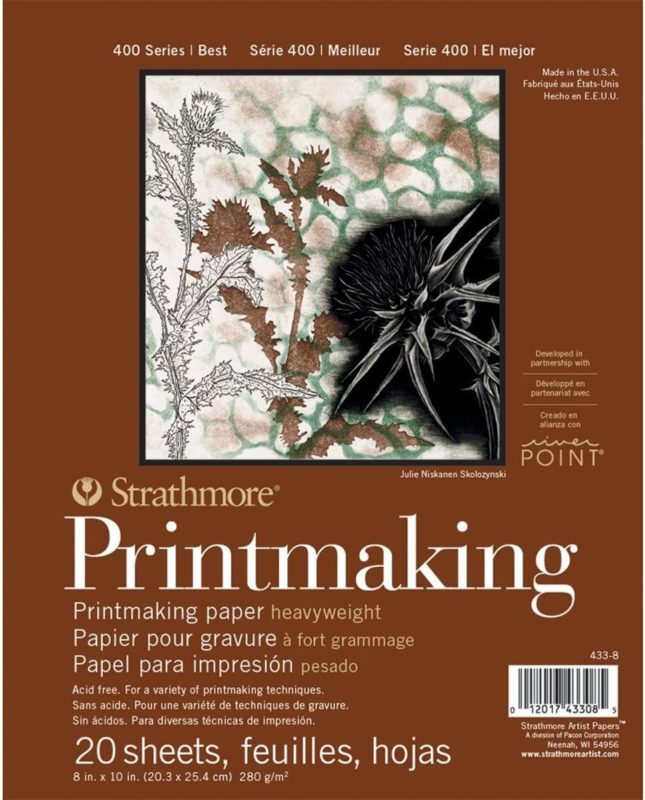
Strathmore Heavyweight Printmaking Paper Pad - 20 Sheets
Strathmore 400 Heavyweight Printmaking Paper Pad measures 8 x 10". This natural white paper features a soft, medium-textured surface that can absorb large amounts of ink and provides durable performance. It is acid free and is made from high alpha cellulose wood fiber for longevity.
Having fun with new and traditional crafts, art, design, DIY, and freebies.
TRENDING & POPULAR
FREE ART BOOKS ONLINE Start your own free collection of art books from three major museums.
DISCOVER SASHIKO STITCHING Learn how to make traditional Japanese decorative stitches for quilting, mending, and upcycling.
BILUM Discover a fabric-making technique used in Papua New Guinea that can be used to make bags and dresses.
HOW TO MAKE AN AMISH RAG RUG There's no sewing required to make this traditional homemade crafted item.
35,000 FREE KNITTING & CROCHETING PATTERNS Use our easily searchable list to find free patterns by Rowan, Vogue, Lion Brand, Berroco, and more.
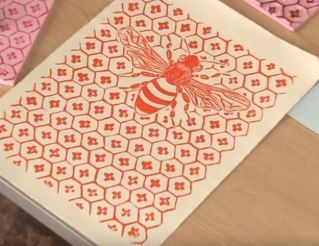
HOW TO MAKE A LINOLEUM BLOCK PRINT Watch how-to videos for beginners explaining the basic step-by-step process of making a linoleum block print.
HOW TO MAKE A BORO BAG Learn how to make a stand-out bag using a Japanese patchwork technique and Sashiko stitching.
'KNIT' LIKE THE VIKINGS Discover an ancient fabric-making technique that's still done today, pre-dates knitting, and doesn't unravel.
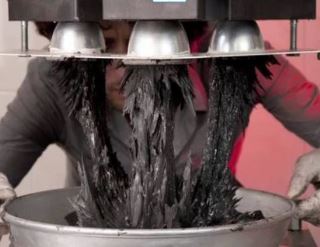
MAGNETIC CLAY CERAMICS Ceramic artists working with magnetic clay can play with the forces of nature to create fantastical structures.
